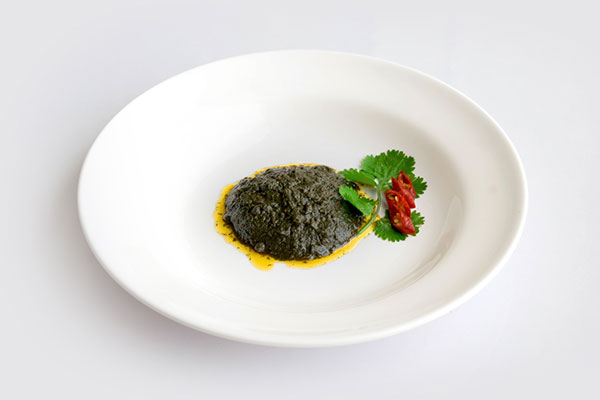Food fermentation is practiced by cultures all over the world and it serves as a major component of human survival in places where preserved food is a necessity. The preparation of many traditional fermented foods and beverages remain today as a household art. It is the diversity of raw materials used as substrates, methods of preparation and sensory qualities of finished products that are astounding as one begins to learn more about the eating habits of various cultures.
Tungrymbai is an ethnic fermented soybean food prepared by the indigenous Khasi tribes of Meghalaya in North East India. It’s an intricate part of the diet and serves as a cheap source of high protein food in the local diet. It has a unique flavour and texture that may not be palatable to everyone, but is liked once accustomed to.
Preparation and consumption of this food reflects a deep-rooted food culture of the ethnic communities. It is exclusively prepared by the local people using indigenous technology. Local soybean seeds are washed in cold water and boiled until soften for about 45 min – 2 hours at 100°C. The excess water is drained off and left in the open for the temperature to drop down to 25°-30° C. The boiled soybean seeds are transferred to bamboo basket aligned with fresh leaves of Pyrnium pubinerve Bl. (Marantaceae) locally called ‘Slamet’ in which 2-3 hot charcoals are placed and are fully wrapped with the leaves. The basket is placed inside a jute bag and kept for fermentation at 25°-30°C for 3-4 days, preferably by the fire place. Then, the fermented soybeans are crushed lightly in a wooden mortar and pestle and it is now, what we called pre-cooked Tungrymbai, ready to be sold in markets.
This pre-cooked Tungrymbai is easily available in the markets and is consumed throughout the winter months. People further cook the tungrymbai with pork and black sesame seeds. It can be cooked as a vegetarian dish as well, using the same method without adding the pork. Do check our recipe section for the Tungrymbai recipe so that you can be creative and try making it yourself.
TUNGRYMBAI, AN ETHNIC FOOD OF THE KHASIS

